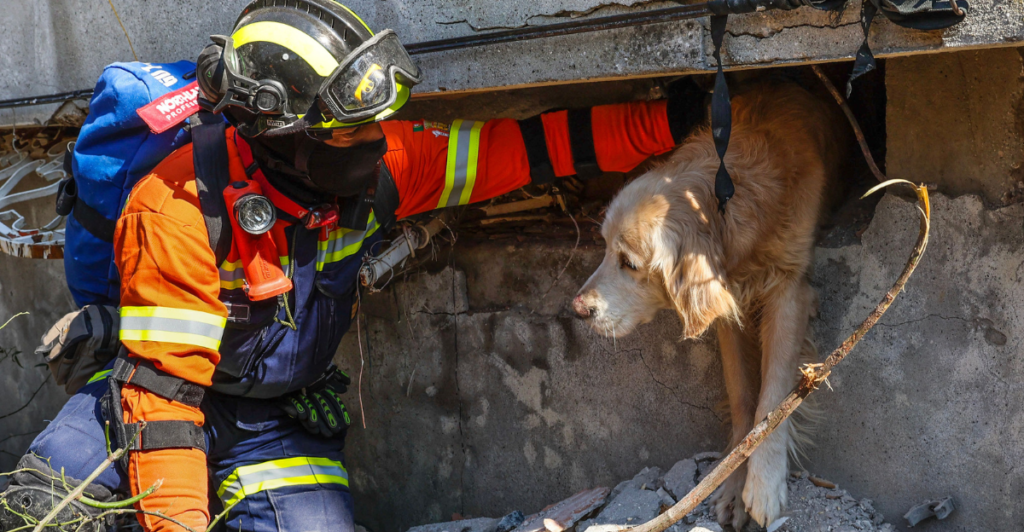
California’s earthquake surge is not just affecting houses. It’s also reshaping the pet insurance landscape. A record $18 million in claims shows how catastrophes redefine our bond with our pets. But why are these numbers rising? Read on to find out.
The New Normal of Disaster
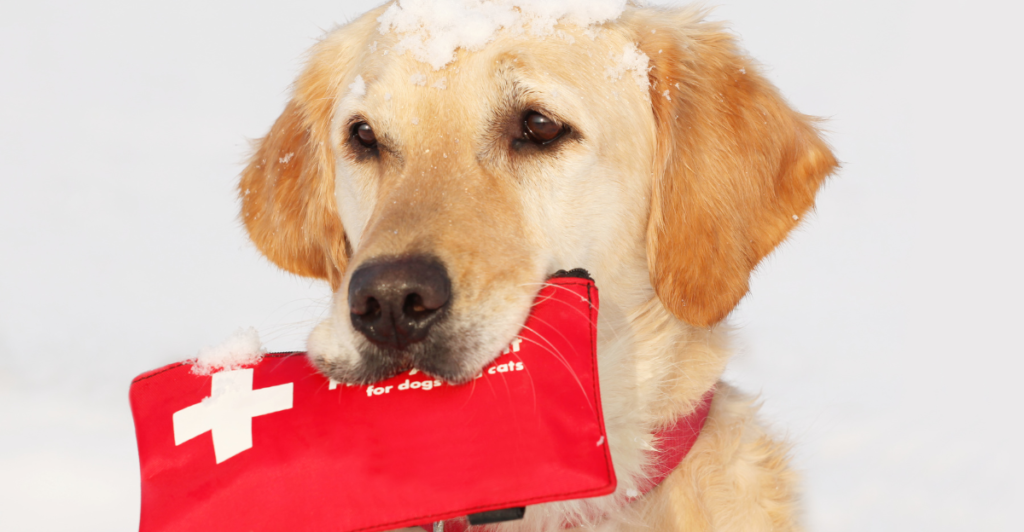
Just 22% of pet owners possessed specific earthquake pet kits in 2019. Now, 68% of them do. Disaster fears are causing increased insurance rates, with pet owners looking for fiscal protection from the unforeseen.
Emotional Insurance: A Means to Cope

42% of new ASPCA policyholders report “aftershock anxiety” as the primary reason they purchase pet insurance. In the midst of potential natural disasters, feeling protected often translates to being financially protected. Insurance is increasingly becoming a means to feel prepared for anything.
Skyrocketing Veterinary Costs in Quake Zones
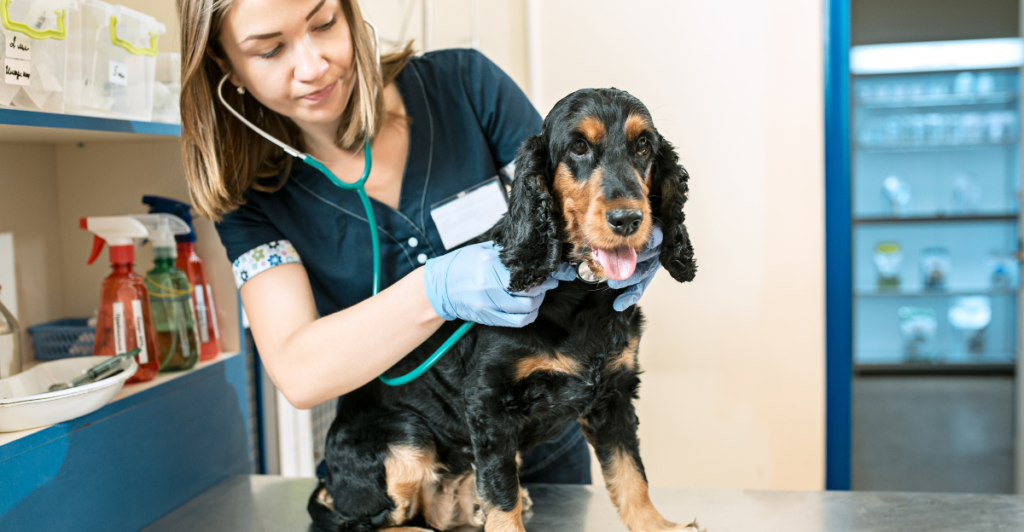
Post-earthquake pet care has risen exponentially in earthquake zones: 31% year-over-year, compared to a 9% national average. Claiming treatment for quake-related injuries and stress disorders pushes claims higher than ever.
A Real-World Example: Sago Palm Toxicity

Following an earthquake, landscaping changes can have devastating effects. Ingestion of sago palm, which is commonly used in post-earthquake rebuilding, now costs $2,100 to treat, up from $1,400 in 2023. This is only one example of some of the damaging and unforeseen consequences earthquakes can have for pets.
New Laws Increase Claims

California’s SB 1217 requires coverage of “environmental trauma.” This encompasses noise phobia diagnosis ($180-$400 per claim) and sedative prescriptions ($85-$120 per month), leading to new types of claims.
The Shelter Surge Paradox

Stray animals typically increase by 14% after major tremors. But here’s the twist: adoptions decrease 23% in seismic clusters. This forces shelters to house animals longer, leading to a 41% hike in insurance claims for sheltered animals.
Corporate Responsibility & Liability
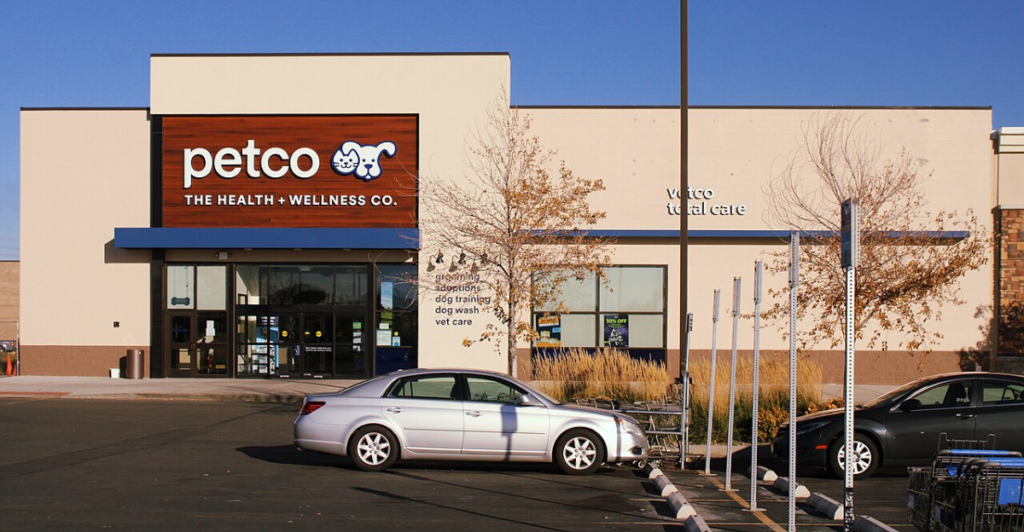
Petco is facing class actions for earthquake-prone aquarium displays. Exotic fish upsets from retail shakes have led to 114 claims. Companies’ liability costs could push premiums even higher.
Earthquakes & Disease: The Zoonotic Threat

Earthquakes also disturb natural territories, causing an 18% rise in cases of leptospirosis infection (a disease caused by bacteria that affects people and animals). The disease now costs $2,800 to treat; almost twice as much as regular parasite treatment. Another hidden earthquake cost.
Surprising Aftereffect: Disruptions of Bird Migration

Seismic activity impacts bird migration. Backyard bird injuries are up 76% on claims. Insurers like StateFarm now offer “Exotic Feather” riders for $18/month to cover such accidents. Even nature itself is being affected by earthquakes.
Dog Seismic Early-Warning Costs
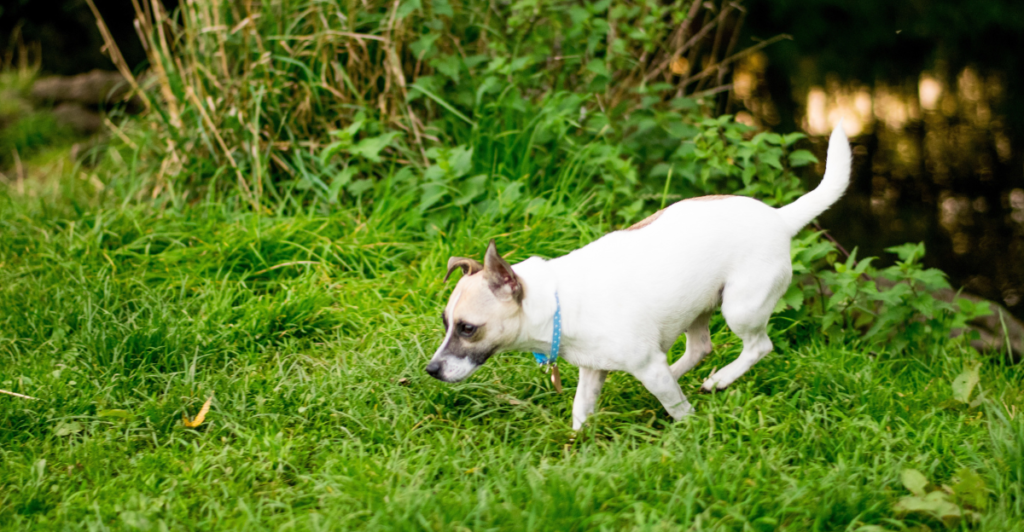
22% of insured clients want coverage for their pets in the event of earthquakes. False alarm treatments for inducing stomach upsets are $120, and alert fatigue therapy is $95 per session. Dogs sense the shaking before humans do, and it affects their bodies.
Technological Failures: The Pet GPS Insurance Problem
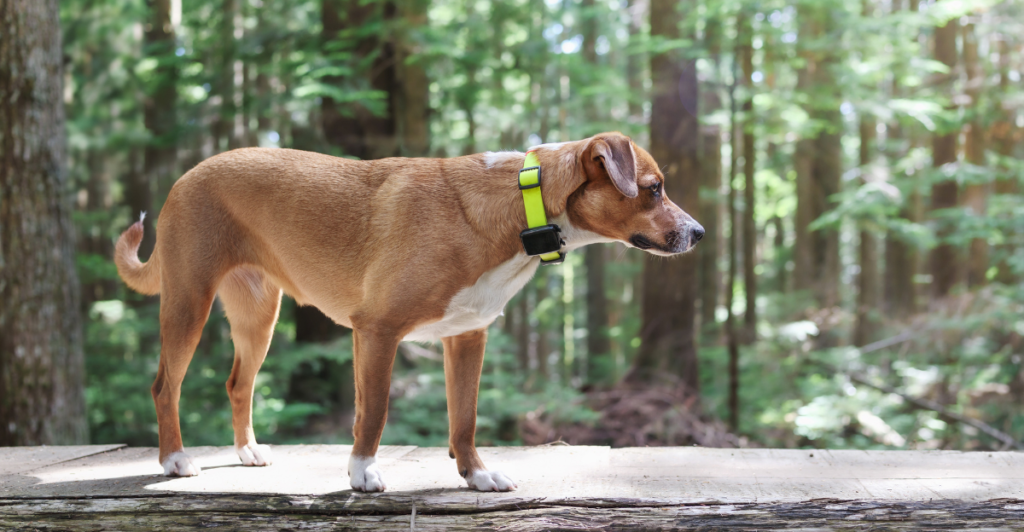
GPS microchips can also fail as a result of electromagnetic interference in earthquake scenarios. Claims for replacement cost about $380, and insurers have raised premiums by 54% for non-fixed tracking devices. Even pet technology is subject to drastic modifications.
The Bigger Picture: Pets as Barometers of Economic Change
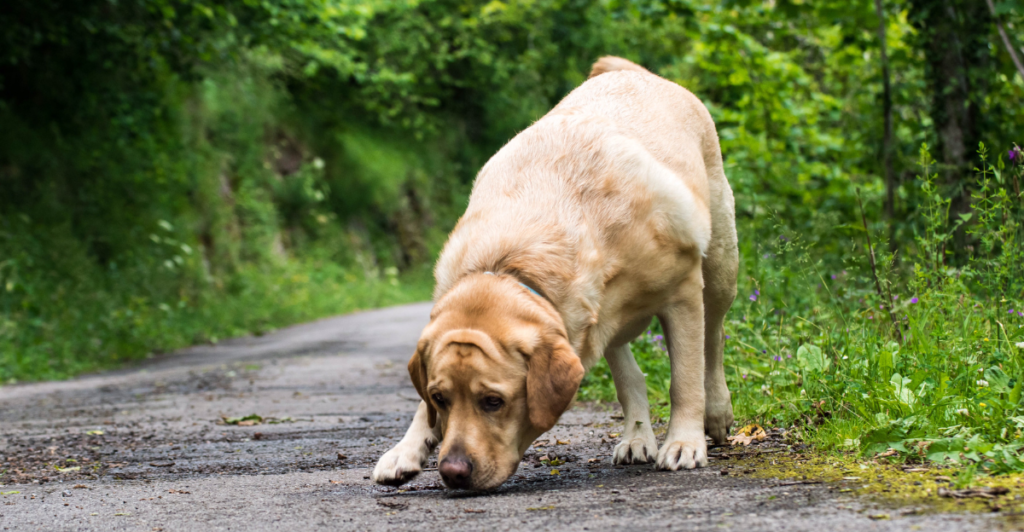
The Northridge quake in 1994 caused a 23% rise in pet diabetes because of stress and routines being dirupted. This amounted to $14 million in claims, or about $28 million today. Every claim represents problems in city planning and in how pets acclimatize to change. The $18 million increase is not just a figure: it’s an alarming warning sign.







